Just the other day, I was wandering up and down the Syrah aisle of my local wine and spirits shop when the helpful clerk asked if I needed any help. I told him I was looking to try a new Syrah. He jumped to my aid, offering a variety of different choices. After a few minutes, he had narrowed it down to two bottles. One was a classic Syrah from Napa Valley. The other, a Petite Sirah. He was clearly convinced they were the same varietal.
And who could blame him? They sound similar. So aren’t they essentially the same? In fact, Syrah and Petite Sirah are two different grapes. Let’s unravel the confusion surrounding these two varietals.
About the Syrah Grape
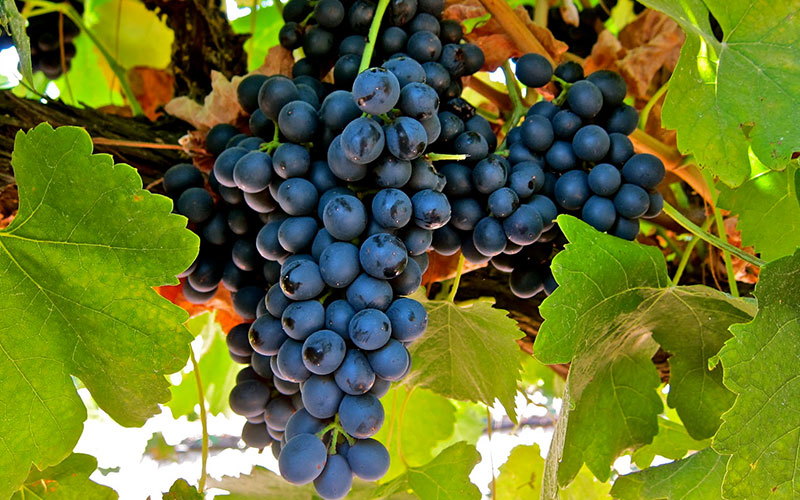
In 1998, Carole Meredith at the University of California, Davis conducted a study to determine the origins of the Syrah grape. You can read her results here, but the summary is that the Syrah is a child of the Dureza (father) and Mondeuse blanche (mother).
We don’t really know exactly when the Syrah grape came onto the scene. What we do know is one of the more popular places for Syrah to be grown was in the then-capital of Iran, Shiraz.
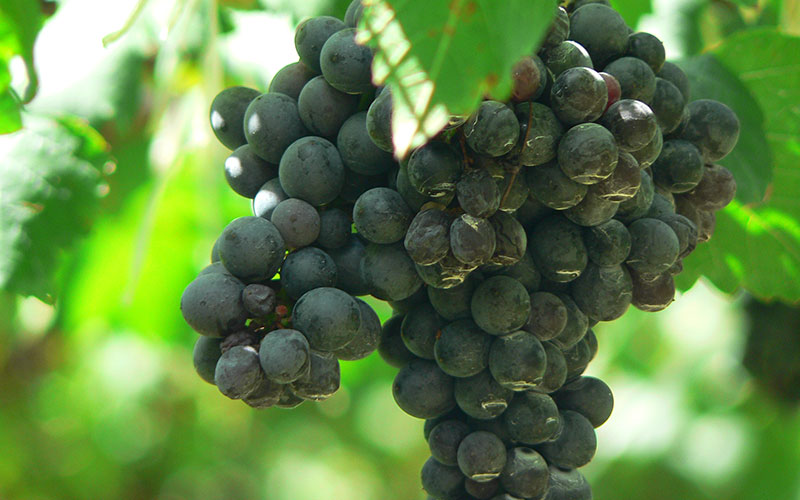
Because of its popularity, when winemakers produced wine with the Syrah grape in the city of Shiraz, it became branded Shiraz to reflect the style of wine made there. Because of its long and often undocumented history, we don’t know if the Syrah grape started off in Shiraz, Iran and moved to France or vice versa. Over the centuries, both names have spread and today Syrah and Shiraz are synonymous with each other.
As a general rule of thumb, if you see a Syrah wine it’s typically considered to be a more classical type wine. Usually this means it’s coming from Europe and it’s made in the classical style. Shiraz wines, on the other hand, often come from regions outside Europe like Australia.
About the Petite Sirah Grape
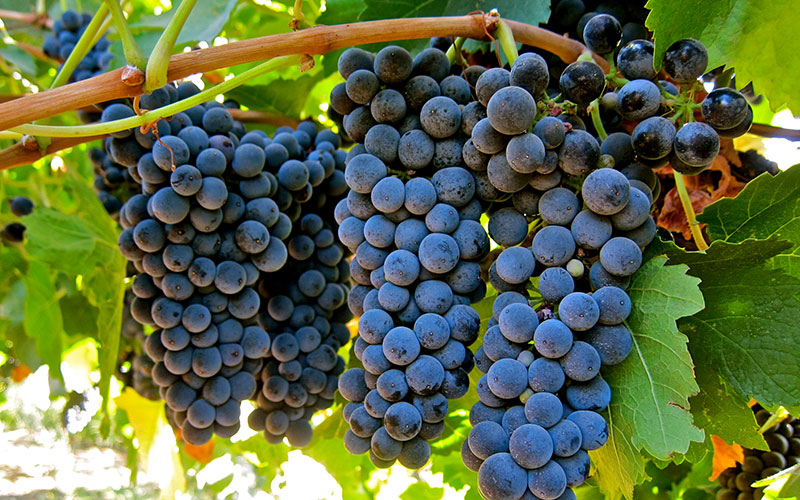
The earliest known history for the Petite Sirah came between 1860 and 1880 from a grape breeder at the University of Montpellier in France named Francois Durif. He was experimenting with crossing different grapes, and the result was a grape he named after himself—Durif.
The two varietals that went into the Durif grape was the Peloursin (mother) and Syrah (father). So it is true that the Petite Sirah is a child of the Syrah grape, similar to the way the Cabernet Sauvignon is a child of the Cabernet Franc and the Sauvignon Blanc grapes.
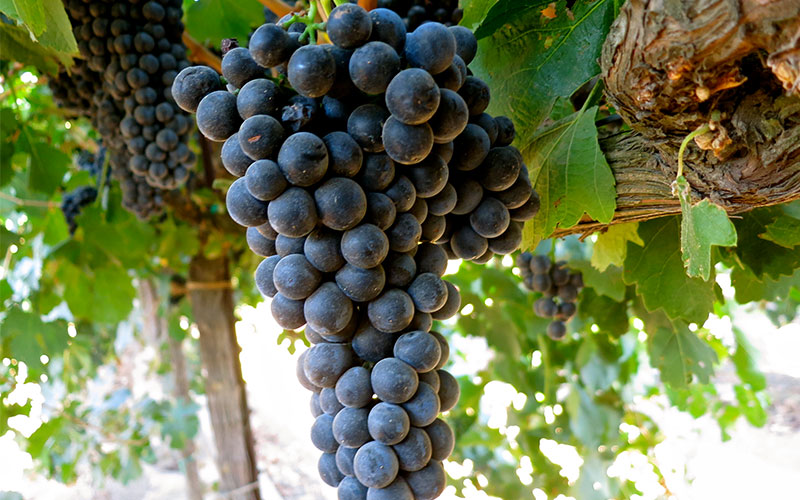
A few years later, a winemaker in California imported the new Durif grape. This was Charles McIver of the Linda Vista Winery. We don’t know why, but for some reason Charles decided the name “Durif” wouldn’t sell. So he renamed the grape “Petite Sirah”. Unfortunately, Charles’ winery went under just a decade later when he was hit with a perfect storm consisting of phylloxera in the vineyards, his home burning to the ground and his marriage coming to an end.
In an unrelated event, shortly after the Linda Vista Winery closed, in the late 1800s there was another part of the story that adds to the confusion. The name Petite Syrah started being used that actually did refer to the lower yields and physically smaller Syrah grapes that were common at the time in California. This was short-lived, however, as the Petite Sirah started to gain popularity. So now if you see Petite Syrah its referring to a Petite Sirah.
Syrah and Petite Sirah Flavor Differences
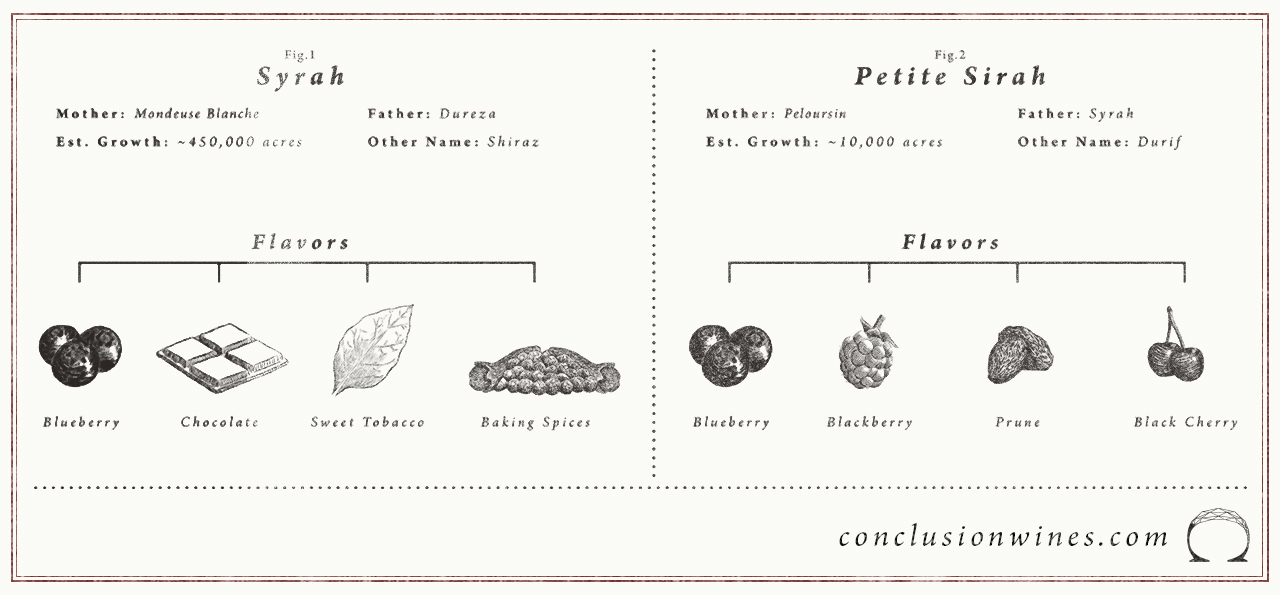
Now that we know some of the history behind the two grapes, let’s look at some of the practical differences you’ll experience.
Wines produced from both Syrah and Petite Sirah are prone to being very fruit-forward with a full body. Common flavors between the two include blueberry, pepper and chocolate flavors. Unlike Syrah, which can offer a bit more sweet tobacco and baking spices, a Petite Sirah often has prune and blackberry flavors infused.
Both are full-bodied wines that can pair nicely with meaty dishes such as grilled red meats and barbeques.
With such a confusing history that overlaps multiple names, it’s understandable why it’s so easy to get Syrah mixed up with Petite Sirah. The best way to get familiar with the differences is to grab a bottle of each and taste the differences for yourself.



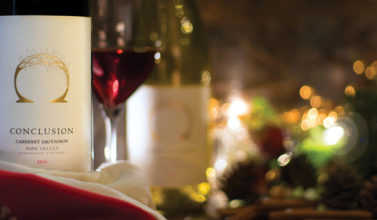
Leave a Comments